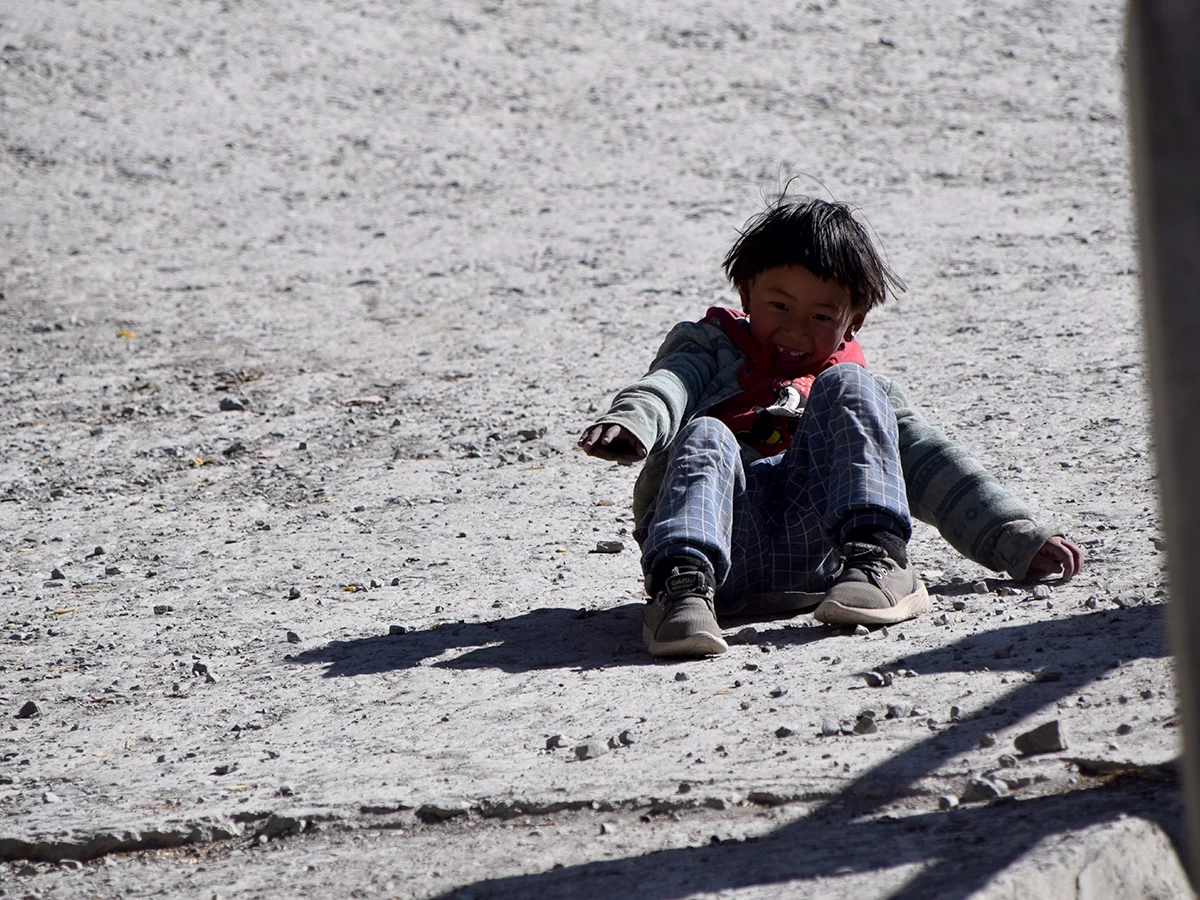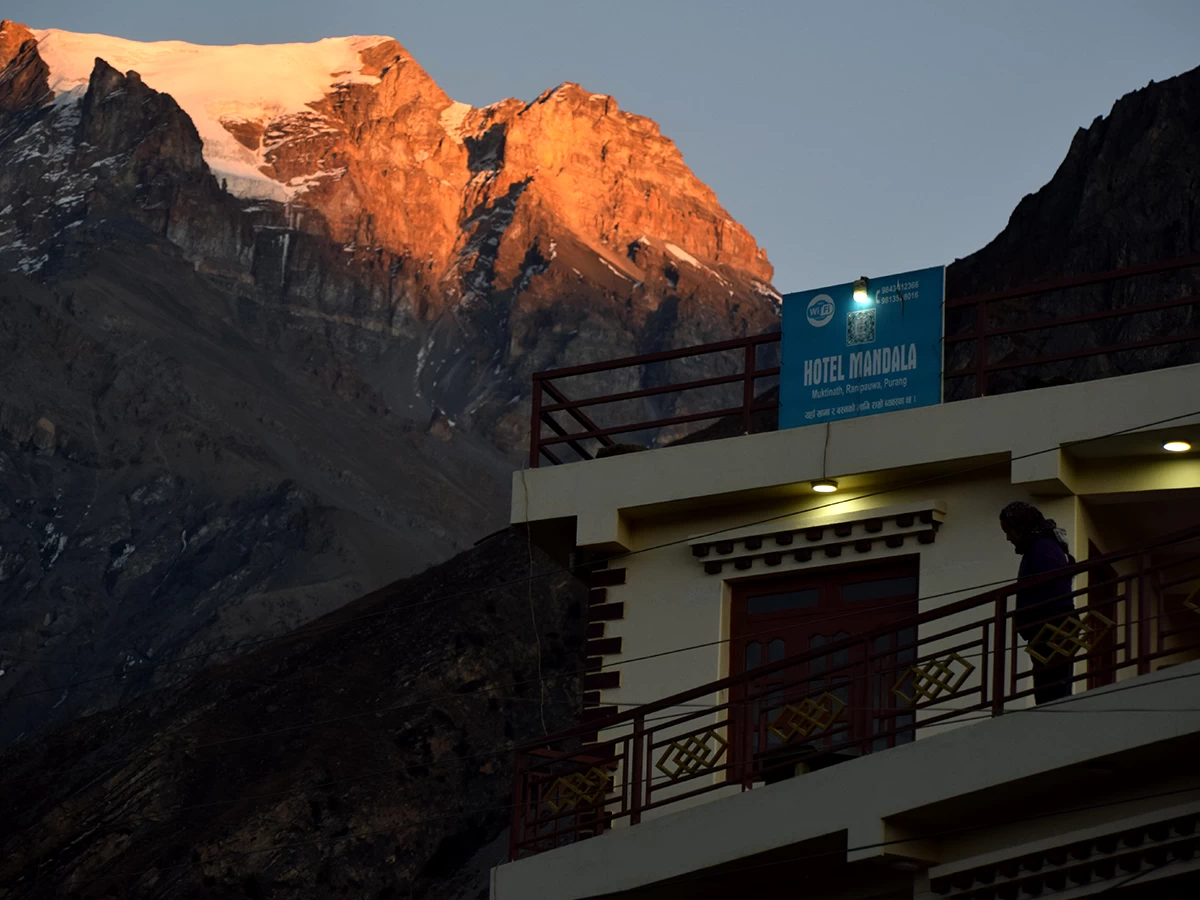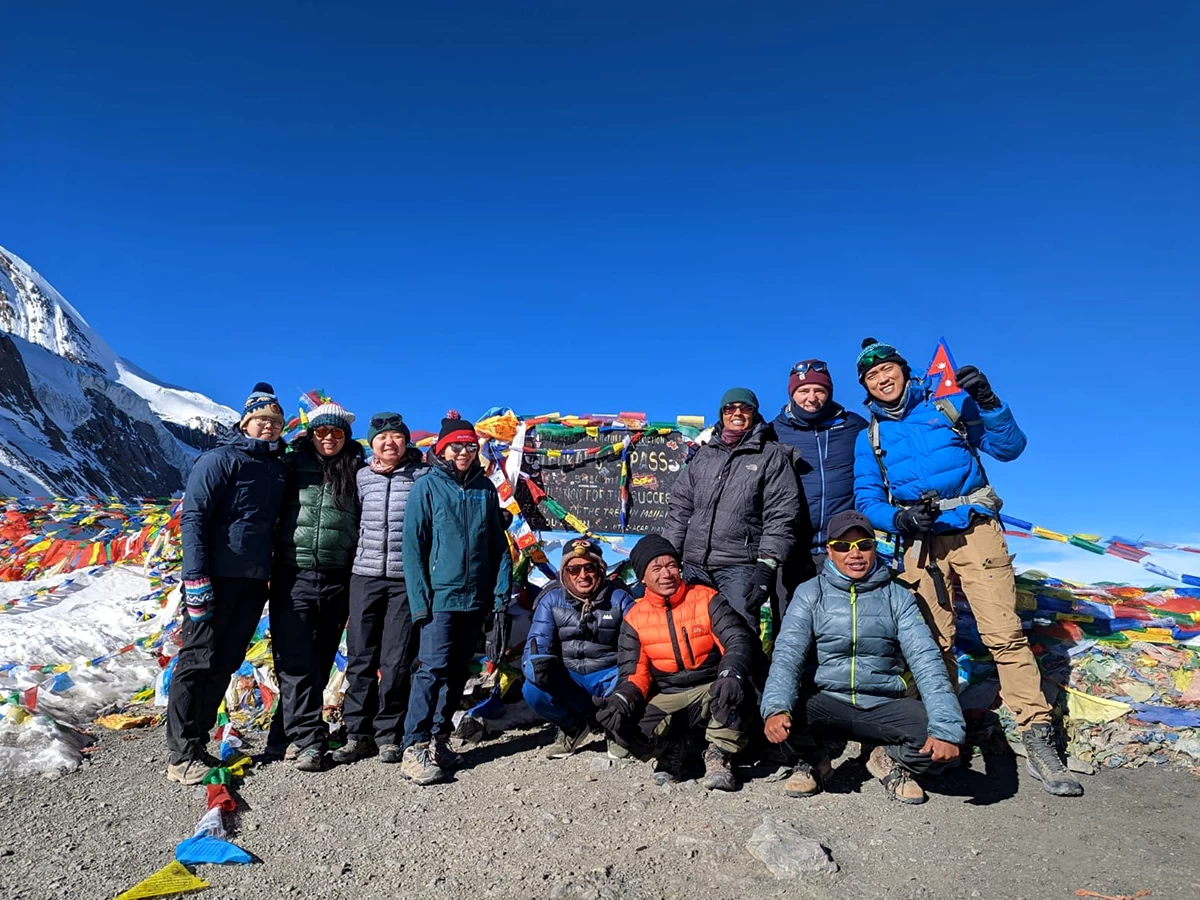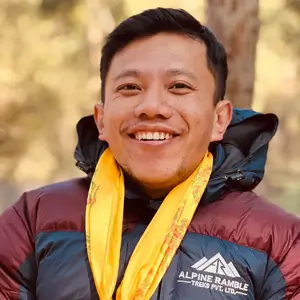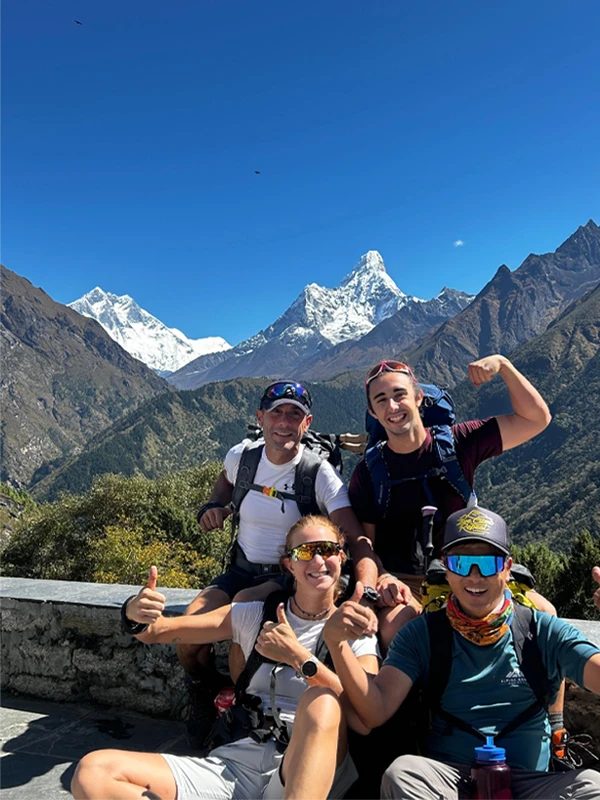Khopra Danda Trek, otherwise known as the Khopra Ridge Trek, is a hidden gem among the other trekking destinations of the Annapurna Conservation Area. One might think the Annapurna region only offers the Annapurna Base Camp, Annapurna Circuit, or the Poonhill trek.
But for those who are seeking a new adventure and a new destination, this is probably it. It has recently gained traction among trekkers who wish to walk on a less commercial and off-beat route.
It truly will be an unforgettable journey as you pass through one of the rugged and remote parts of the Annapurna region. The perfect blend of natural beauty with the cultural flare. You will get to feast your eyes on the gorgeous snow-covered peaks of the Annapurna, Dhaulagiri, and Nilgiri mountain ranges with the native communities of Gurungs, Magars, and Puns. The trail leads to the most pristine and beautiful lake filled with holiness and spiritual belief just above Khopra Danda, known as the Khayer Lake.
Comprehensive Overview
Your journey to one of the breathtaking views of the Panoramic Mountains begins in Pokhara, a city known as the gateway to the Annapurna region. You will travel by private vehicle to Kimrung, from where you will hike to Ghandruk village, which is well-known for the Gurung culture and its distinctively constructed houses and stoned paths. You can already see the majestic mountains of Ghandruk. After staying a night in Ghandruk village, the next day, you will begin your trek to Bayeli Kharka.
You will be walking a commercial trekking route to Tadapani, from where the trail diverts to a less-hiked path. You will notice a big shift in trails and the number of people you encounter during the hike. After a few hours of trekking, you will arrive at Bayeli Kharka. It has a few tea houses offering some basic facilities.
And finally, the day will arrive when you reach Khopra Danda. The otherworldly view you get from this place isn’t comparable to anything. Especially the mountains that make an appearance, including Dhaulagiri, Tukuche Peak, Dhampus Peak, Nilgiri, Annapurna South, and Annapurna I.
Then, on the fourth day, an early rise and hike to the Khayar Lake; the trail is steep, so it will be an adventurous trek. Coming back from the lake, you will take the route to Swanta, which is known for a local cheese factory. Here, you can stroll around and try some cheese. The adventure awaits the next day as we make our way to Ghorepani. Famous for the hill station Poonhill, which offers one of the best sunrise views over the mountains.
It might be the last day of the trek, but you will be finishing with one of the best sunrises you will ever see. And what makes it special is the 360-degree view of the entire Annapurna Massif. After an emotional sunrise view, you will resume your trek to Birethanti, from where you will drive back to Pokhara.
Why should you do the Khopra Danda Trek?
The Khopra Ridge Trek has been an up-and-coming destination for quite a while now. Trekkers who seek an undisturbed route that takes you into the wilderness prefer this trek, as you will be able to see the Himalayas of the Annapurna and Dhaulagiri without the crowdedness like the Annapurna Base Camp Trek. And here are all the reasons why you should do the Khopra Danda Trek:
Khopra Danda and Khayer Lake
Being one of the places that offers the majestic views of the Annapurna Range, Khopra Danda is also the gateway to Khayer Lake, which is known for being holy and filled with spiritual beliefs in the Annapurna region. The trek to the Khopra ridge is filled with scenic landscapes, rhododendron trees, terraced fields, and greenery all around. Located at an elevation of 4660 meters, the lake is surrounded by a pristine landscape, giving you a close-up view of the mountains. After a formidable trek to the top, Khayer Lake offers a peaceful escape.
Scenic Mountain Views
One of the true selling points of the Annapurna Conservation Area is the panoramic view of the mountains, including the Annapurna and Dhaulagiri ranges. You will get the best views of Annapurna III (7,555 m), Tukuche Peak (6,920 m), Dhaulagiri (8,167 m), Nilgiri Himal (7,061 m), Hiunchuli (6,441 m), Gangapurna (7,455 m), Machhapuchhre (6,993 m), Gurja Himal (7,193 m), Dhampus Peak (6,012 m), Annapurna I (8,091 m), Annapurna II (7,937 m), and other lesser known peaks. Especially Dhaulagiri and Annapurna I, which are the seventh and tenth tallest peaks in the world.
Ghandruk Village
One of the highlights of this trek is that you will walk both common and off-beat trails. Ghandruk village falls on a well-known path to both Poonhill and the base camp. The village offers a traditional essence of the Gurung communities, who are one of the ethnic groups in Nepal. The village is often marked as the beginning or ending point of a trek in the Annapurna region.
The village offers scenic views of the mountains, such as Annapurna, Gangapurna, Hiunchuli, and Machhapuchhre, but is also known for its unique architectural build. You can experience the authentic Gurung culture as you stay in homestays and walk the verdant path filled with stoned paved stairways, which gives a rustic feeling of walking through a maze. You can also visit the Gurung Museum, where you can see the reflection of Gurung history and everyday village life.
Poon Hill Sunrise
Another standout moment of the Khopra Ridge Trek is the strikingly popular destination to view the sunrise, Poonhill. If getting culturally immersed in Ghandruk village and being surrounded by the majestic peaks at Khopra and Khayer Lake wasn’t enough, this trek offers probably one of the best sunrise views you will see in your lifetime. The golden rays of the sun peaking through the top of the mountain and painting the white snow into glittering gold is something you will cherish forever. You will be surrounded by the mountains all around, with Annapurna Massif and Dhaulagiri Mountain Range.
Engage with the ethnic communities.
Every place you stay will reflect a culture of their own. Even though Gurungs are a little more dominant, you will also be able to find other ethnic groups living and existing in harmony, practicing their own culture. You will get to deeply immerse in the culture and try Thakali and Gurung cuisine, as well as try on a traditional Gurung dress and click pictures for memories in the village of Ghandruk.
Is the Khopra Ridge Trek difficult?
Khopra Danda Trek is one of the short treks that you can do in Nepal. The trek is categorized as an easy grade. This means that even a beginner trekker can make this trek without any issues, and it is not difficult. A trek is suitable for all age groups. You definitely need to be physically fit to trek to any destination, but Khopra Trek can be done easily.
Group Cost Information of the Khopra Danda Trek 7 Days Trek for 2024/2025
Group Cost Information
| No. of People | Package Price |
| 1– Pax | $799 |
| 2–4 Pax | $759 |
| 3-5 Pax | $699 |
| 6-15 Pax | $599 |
The package cost is as mentioned above; this will cover your guide and permit costs for entering the Annapurna Conservation Area, along with the TIMS Card cost.
Flight Options and Cost
One of the best things about the Annapurna region is that you can take a flight to Pokhara and save hours on a bus ride from Kathmandu. The flight only takes 30 minutes and helps you to save time if you are on a tight schedule. The cost for a Pokhara flight from Kathmandu or vice versa is US $106 per person, per way.
Highlights
- Off-beat trail with less crowded trail.
- Experience a jungle walk through the rhododendron forests.
- Beautiful view of the terraced farming fields with the towering peaks as the background.
- Reverberating rivers and waterfalls.
- A panoramic view of 20 distinct mountains, including Annapurna South, Annapurna I, Himchuli, Machhapuchhre, Dhaulagiri, Dhampus Peak, etc.
- Immersive cultural experience with the chance to engage with Gurung, Magar, and Pun communities.
- Trek to the pristine Khayar Lake
- A chance to explore the Ghandruk village and experience authentic Gurung culture.
- Feasting your eyes on the most beautiful sunrise from Poonhill.
- A short trek packed with a lot of adventure.
